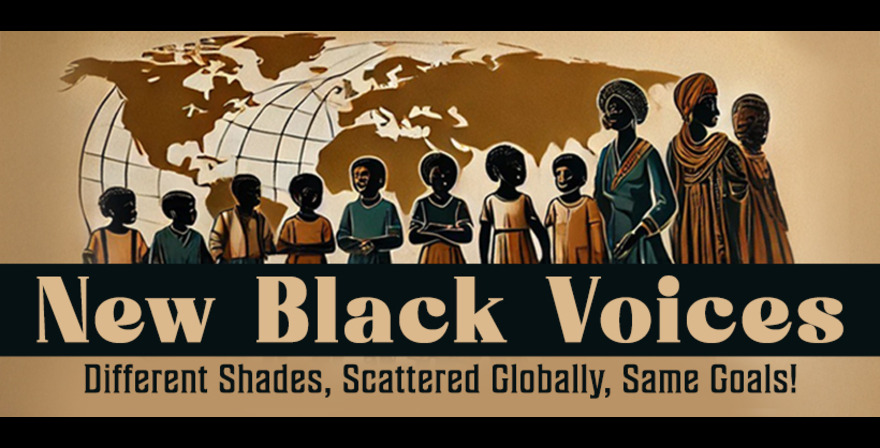By
The “Big Beautiful Bill” passed by House Republicans and President Trump’s proposed budget for the next federal fiscal year together result in pretty ugly consequences for New York, according to new assessments on the impact of the proposed aid cuts. Start with the loss of $13.5 billion a year for the state’s Medicaid program. Then there is the $2.1 billion in lost federal funds that New York would need to spend annually to keep SNAP assistance, aka food stamps, at its current level. Federal housing aid statewide could be cut by $4.4 billion or about 50%.
The nonpartisan Congressional Budget Office notes that the Big Beautiful Bill, which is its formal name, will lower incomes for the poorest 10% of Americans by 3.9% annually and raise after-tax incomes for the top 10% by 2.3%.
“This report should be a flashing red light for all Republicans planning another tax giveaway for the wealthiest few,” said New York Democratic Sen. Charles Schumer in a statement. “Rather than making sure that corporations and billionaires pay their fair share, Donald Trump wants to give them an even bigger share.”
The “Big Beautiful Bill” passed by House Republicans and President Trump’s proposed budget for the next federal fiscal year together result in pretty ugly consequences for New York, according to new assessments on the impact of the proposed aid cuts. Start with the loss of $13.5 billion a year for the state’s Medicaid program. Then there is the $2.1 billion in lost federal funds that New York would need to spend annually to keep SNAP assistance, aka food stamps, at its current level. Federal housing aid statewide could be cut by $4.4 billion or about 50%.
The nonpartisan Congressional Budget Office notes that the Big Beautiful Bill, which is its formal name, will lower incomes for the poorest 10% of Americans by 3.9% annually and raise after-tax incomes for the top 10% by 2.3%.
“This report should be a flashing red light for all Republicans planning another tax giveaway for the wealthiest few,” said New York Democratic Sen. Charles Schumer in a statement. “Rather than making sure that corporations and billionaires pay their fair share, Donald Trump wants to give them an even bigger share.”
The state would have to choose between making up for the lost funds or seeing 1.5 million people lose health coverage, according to numerous estimates.
In past budget crunches, the state has increased the amount the city must contribute to Medicaid costs, something that could happen again.
Proposed changes to the SNAP food aid program would total another $2.1 billion in added cost to the state or reduced benefits, according to the progressive Fiscal Policy Institute.
The bill requires states to increase their contribution to SNAP, permanently lowers benefits and imposes work rules that could cut off aid to almost 300,000 people statewide, according to the Institute.
“The cost-sharing provisions and work requirements are just thinly disguised spending cuts that risk sending one million New Yorkers into hunger and poverty,” said Fiscal Policy Institute Executive Director Nathan Gusdorf.
“SNAP is also an essential economic stabilization tool that props up purchasing power during economic downturns, thereby protecting lower-income families and small businesses — making it all the more disastrous for the state economy to face these spending cuts as federal tariff and immigration policies bring about an economic slowdown.”
The proposed Trump budget would reduce funds for the federal department of Housing and Urban Development by 43%, slashing the amount the state receives by $4.4 billion, according to an analysis released Tuesday by the New York Housing Conference.
The amount of money allocated for rental assistance through vouchers through the New York City Housing Authority and programs for the elderly and disabled would plunge from $8.8 billion a year to $4.4 billion. A two-year time limit for all voucher recipients who are not disabled or elderly would have enormous impact as well. A NYCHA internal analysis says some 300,000 of New Yorkers could be displaced.
While the Housing Conference did not do a breakdown for the city, work by the NYU Furman Center shows how much the city relies on federal aid — including three quarters of the operating budget at NYCHA, just over half of the $54 million operating budget for the Department of Housing Preservation and Development and 12% for the Department of Homeless Services.
In addition, block grants the Trump plan seeks to eliminate pay for indispensable city jobs like building inspectors and staff at the Department of City Planning, costs the city would have to assume.
“Now that we have program-by-program data, we were able to more precisely estimate what the impact would be, and it’s pretty dire,” said Rachel Fee, executive director of the New York Housing Conference. “These cuts just aren’t hitting tenants but building owners and their lenders.”
After Trump’s 2017 tax bill capped deductions for state and local taxes at $10,000 — dealing a blow to residents of high-tax New York — many states, including New York, created a workaround that converts business owners’ personal income taxes into deductible business taxes that recognize all state and local taxes paid, reducing the federal tax. The owners then make a payment to the state and city equal to whatever their income tax liability would be.
While the CBO says the House Republican bill will boost incomes for the wealthy, some New York business executives could wind up paying an additional $2.7 billion a year in federal income taxes, according to a study released late last week by Comptroller Brad Lander.
The House bill increases to $40,000 the amount of state and local taxes that can be deducted but phases out the increase for anyone making more than $600,000 and outlaws the maneuver that effectively restored SALT deductions for business owners and partners, most of whom make more than that threshold. That would make some high earning New Yorkers some of the only people who would see their taxes go up under Trump’s plan.
“In an ironic twist, Donald Trump’s ‘big, beautiful bill’ hurts the very people who propped up his presidency—the financial and professional services sector. These sectors play a critical role in New York City’s economic engine, which will sputter if the Senate passes this bill,” said Chloe Chik, a spokesperson for the city comptroller.
No report has yet analyzed how much New Yorkers will save by extending the tax cuts or provisions providing new tax breaks for overtime and tips, and to seniors. Nor has there been a look at how the increased SALT cap would play out, though it is expected to be helpful for a relatively small number of New York suburban homeowners with high property taxes and incomes below $600,000.
The Republican House bill increases the federal low-income housing tax credit, which helps fund affordable housing and could lead to more construction, according to the Furman Center report.
Proponents claim that renewal of the Opportunity Zone tax credits, also created in the 2017 law, will boost lower-income housing construction, but Furman’s work shows that Opportunity Zones in the city increased market-rate housing that would have been built anyway in relatively well-off neighborhoods in the city.
Even business leaders who see some good in the bill think it will be bad for New York.
“The bill offers significant corporate tax benefits intended to stimulate the economy, but other provisions will damage the capacity of states, cities, and research institutions to continue to drive innovation and economic growth,” said Kathryn Wylde, head of the Partnership for New York City. “Viewed together with erratic tariff, trade, and immigration policies and the rising national debt, it is hard to see a beautiful conclusion to this exercise.”

